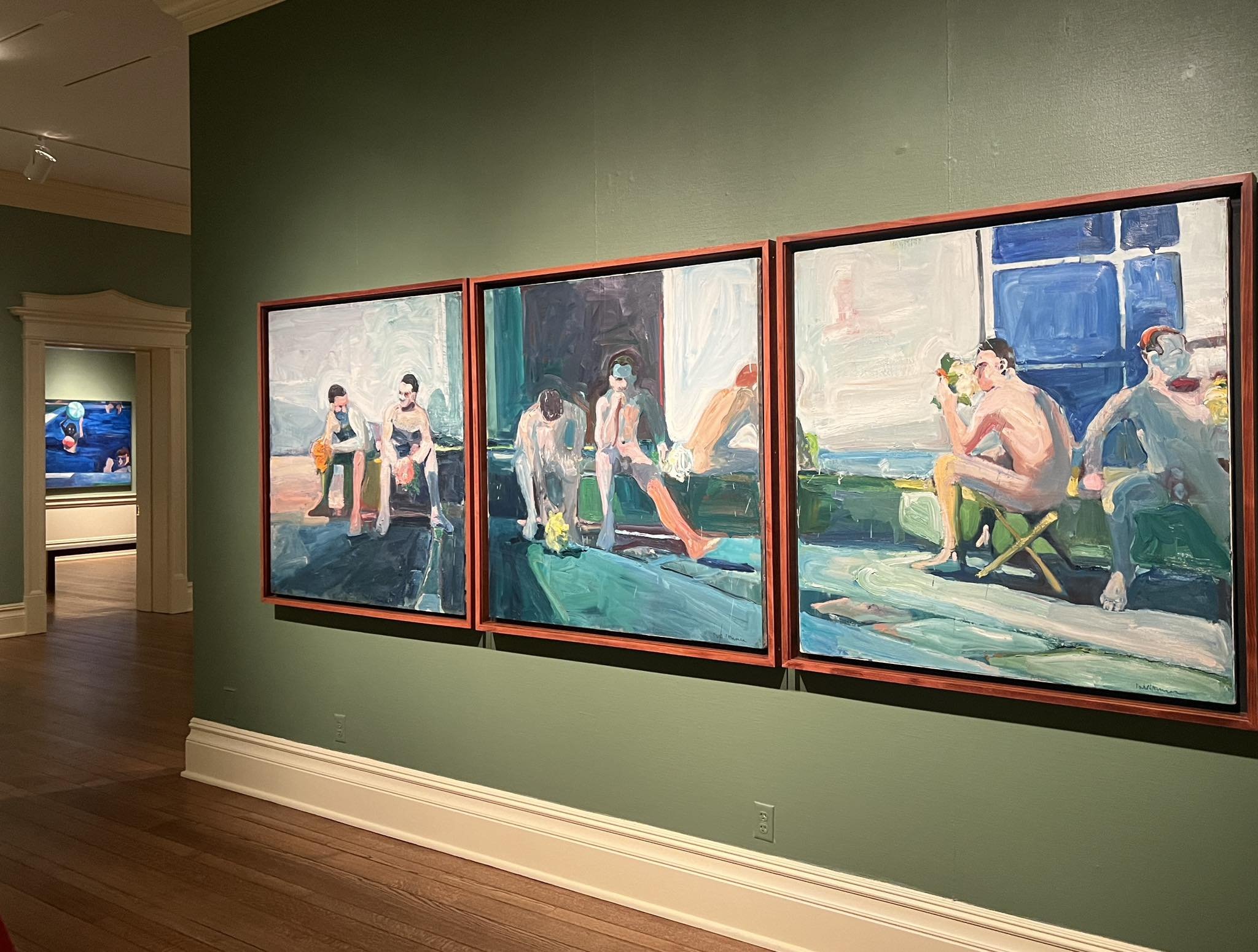The Dixon: A Legacy of Love, Art, and Memphis
An Oasis in Hustle
If you’ve ever roamed the 17 fertile acres of the Dixon estate just off of Park Avenue in Memphis, you know exactly what it means to experience an actual oasis in the middle of a bustling metropolis. East Memphis converges on Park Avenue in a startling way…to the West is one of the more under-resourced areas of the city center while to the East lies some of the largest homes in the most established neighborhoods. And right there, amidst the 350 acres of what is known as the Memphis Botanic Gardens, is the estate of Hugo and Margaret Dixon, Memphis transplants who built far more than just a beautiful home during the mid-century. With their eye for design, their investments in their city, and a vision for the cultural future of Memphis, the Dixons built a legacy that continues to delight and educate Memphians every day.
Creating a Home
The Dixon home after it was originally constructed
The Dixons’ love story began well before their move to Memphis in 1939. Hugo, who was born in the United Kingdom in 1892, moved to the US just following World War I. He did well in the cotton industry here and acquired the fortune that would allow him and his future bride to build their Georgian Revival mansion at the corner of Park and Cherry. Hugo met Margaret in Texas while he was working in both Dallas and Houston and the couple married in 1926. Their move to Memphis 13 years later was the result of a happy work transfer as the company Hugo worked for moved their headquarters to the Bluff City.
At the time, the plot off of Park Avenue was surrounded by gravel roads but the land was idyllic for the home Hugo and Margaret dreamt of. They hired famed mid-century architect John F. Staub to build the stately mansion built entirely of brick from an old cotton mill (Hugo’s special request). The journey to making the house their home had begun and working out the details would take the rest of their lives.
Art and Gardens
Margaret & Hugo Dixon, original owners of the Dixon estate
Margaret took a special interest in furnishing the home in the Greek Revival style while Hugo’s interest was especially piqued by the spacious lawns to the West, South, and East of the house. Hugo’s sister had studied landscape design in England and the brother and sister exchanged lengthy correspondences over the following decades entirely devoted to the gardens at the Dixon’s home. Every planting was carefully chosen based on their dreams for a perfect English garden, and while she was full of ideas on what the garden could eventually be, Hugo’s sister Hope made evident that the process would be a long, yet joyful one. “A garden develops through the years, and is something to do bit by bit.” She wrote in the early stages of planning. Meanwhile, Margaret and Hugo began collecting art. At first they took a special interest in landscape artists from England, but as their collection grew, they became more enamored with French Impressionists and began investing in spectacular pieces that would become part of the galleries’ resident collection.
The Dixons didn’t just invest in their home, however. They both became leaders in civic affairs, with Hugo becoming active on the board of directors at the Brooks Art Museum and Margaret being named the first president of Memphis College of Art. They did work keeping Memphis on the circuit for the Metropolitan Opera and they served on the board of the Crippled Children’s Hospital and supported the Memphis Garden Club, which still has connections to the Gallery and Gardens. By building a beacon of culture within their own home in Memphis, they built a better city all around it.
Leaving a Legacy
The Dixons never had children of their own so they bequeathed their estate to the city through the Hugo Dixon Foundation in the late 50s. Margaret passed in 1974 and Hugo died in a car crash later that same year. But in many ways, their lives continue to be entangled with our own here in Memphis. Because of a recent grant, admission to the Dixon Gallery and Gardens remains completely free to all visitors through 2025. That means the Cezanne and the Monet are on display for everyone to see. The ephemeral tulips are open to the public as long as they bloom each spring. The fountains and the forest pathways are accessible to all. The visiting art exhibits are free to admire, learn from, and enjoy. The Dixons’ investments made everything better for the future of Memphis – the city they loved, and we all cherish. And we couldn’t be more grateful.
Visit The Dixon today. Admission is free and the tulips are stunning.






